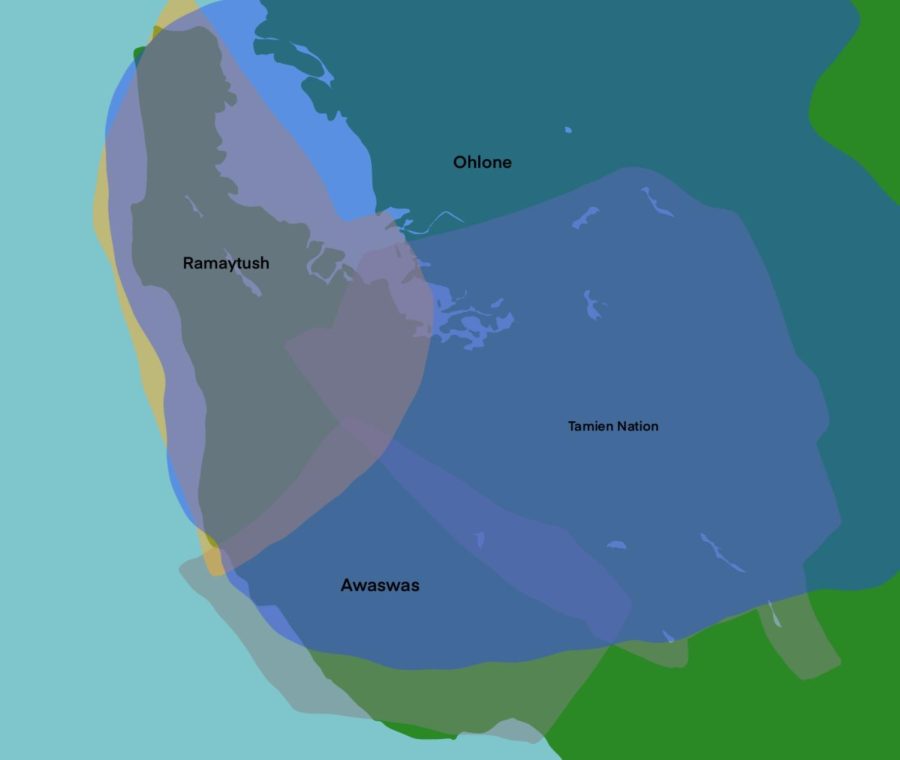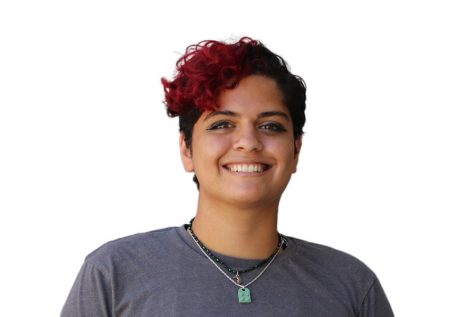The land you are standing on is stolen land.
Originally, the land currently known as the San Francisco Peninsula belonged to the Ohlone tribe and smaller tribes within the larger territory.
The Ramaytush Ohlone tribe is from the San Francisco Peninsula. Before Spanish colonization, the tribe consisted of around 1,500 people, which has thinned to one lineage with living descendants.
According to “Native Persistence: Marriage, Social Structure, Political Leadership, and Intertribal Relations at Mission Dolores, 1777–1800,” social structure and marriages were based on class. Ohlone leaders often arranged marriages to preserve their class and status and tended to occur between nearby villages. Marriages were typically monogamous, though polygyny, which is polygamy in which one man has more than one wife, was present.
Status was patrilineal and passed from father to son. Due to this, families were mainly composed of marriages to the male head of the family.
As a result, the pre-colonization political structure in the Ramaytush Ohlone tribe was largely dependent on male lineages.
“Every tribal community would have had at least one tribal head,” said Jonathan Cordero, the Executive Director of the Association of Ramaytush Ohlone.
Headmen, shamans, and elders held the most political influence. Headmen were in control of political and economic decisions, such as food and relations with other tribes.
“[Tribal heads] would have been responsible for facilitating discussions about decisions that would affect the tribe politically,” Cordero said.
Shamans held religious, spiritual, and medical duties. The elders who had wisdom and experience from age held close relations to the headmen. While there is little documentation about female leaders, Cordero noted that they likely did exist.
“On the San Francisco Peninsula, all heads of tribes were male,” Cordero said. “That does not mean that females were not in a position of leadership in those tribes; we only have information about political leaders, but it is possible there were female leaders in other positions in the tribe.”
There were also triblets, small independent tribes where village residence was flexible. These triblets also were more politically autonomous.
According to Golden Gates National Parks Conservancy, the Aramai triblet resided in what is now Pacifica in San Mateo County. Around 10 families made up the triblet within two primary villages. The first village, Pruristac, existed in San Pedro Valley, and the smaller village, Timigtac, lived along Calera Creek.
Calera Creek is over the hill from Mori Point, a National Park site that the Park Stewardship Program manages. From the Mori Point wetlands, the Aramai utilized various natural resources, including tule reeds, which they used to make baskets, fishing boats, and structures.
Despite the rich history and complex social structures of pre-colonized Indigenous tribes, Californian education lacks pre-colonial instruction regarding local tribes.
According to Ashley Holloway, a junior, most of her education about Indigenous tribes has been about colonization or topics that have little to do with the tribes themselves.
“I learned about Christopher Columbus,” Holloway said. “But I don’t know much about [the tribes] from California.”
Even when learning about colonization, Holloway said that most of her education was in middle school and not at Carlmont.
“Most of [my education] was through elementary school and middle school,” Holloway said. “If I had to give a percentage, I would say 20% [was through Carlmont].”
The education regarding Indigenous tribes Holloway has received at Carlmont does not center around the tribes but rather the harmful portrayals of the tribes in modern media.
“We learned about how some sports brands were using [imagery] as their mascots,” Holloway said. “We were having an argument of ‘is that wrong’ or ‘is that right?’”
As a junior, Holloway has not had the opportunity to take the Ethnic Studies course, which is now mandatory for freshmen. Olivia Baum, a freshman is currently enrolled in Ethnic Studies, explained how her class has talked generally about Indigenous people in America but has lacked in local education.
“We touched upon Indigenous history in America,” Baum said. “We haven’t focused on anything extremely local.”
Like Holloway, Baum noted that most of her education regarding local Indigenous tribes has been about colonization and fails to address other parts of Indigenous history.
“[Carlmont] needs to incorporate more education surrounding local Indigenous tribes into the curriculum,” Baum said. “[Education] is focusing on the bad aspects [of Indigenous history] rather than learning about different traditions or stories. We also need to learn about the rich culture and history and create a better community of understanding and respect.”













